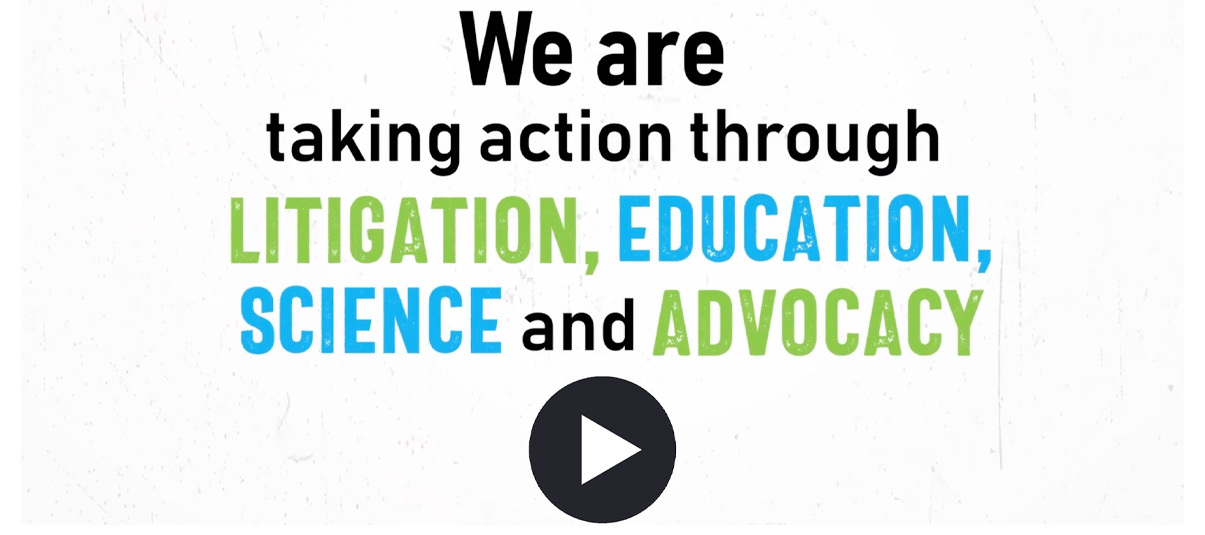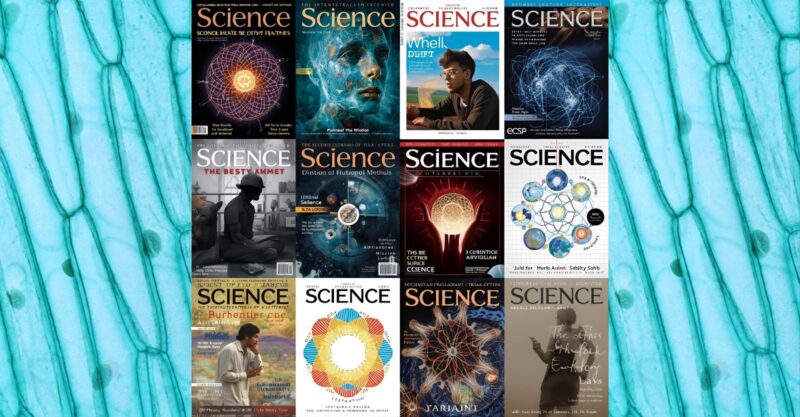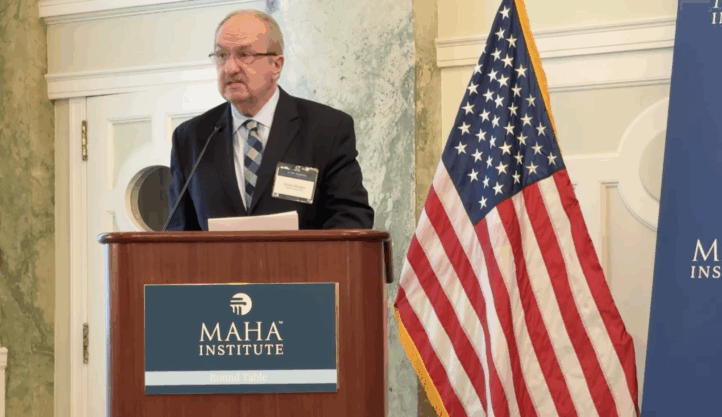Scientific journals have had enormous positive impact on the development of science, but in some ways, they are now hampering rather than enhancing open scientific discourse. After reviewing the history and current problems with journals, a new academic publishing model is proposed. It embraces open access and open rigorous peer review, it rewards reviewers for their important work with honoraria and public acknowledgement, and it allows scientists to publish their research in a timely and efficient manner without wasting valuable scientists’ time and resources.
The Birth of Scientific Journals
The printing press revolutionized scientific communication in the 16th century. After a few years of thinking and pondering, or maybe a decade or two, scientists published a book with their new thoughts, ideas, and discoveries. This gave us classics that laid the foundation for modern science, such as De Nova Stella by Tycho Brahe (1573), Astronomia Nova by Johannes Kepler (1609), Discours de la Methode by René Descartes (1637), Philosophiae Naturalis Principia Mathematica by Isaac Newton (1686), and Systema Naturae by Carl Linnaeus (1735). For more rapid communication, scientists relied on handwritten letters to each other.
Until they published a book, which took considerable effort and resources, scientists could only communicate with a few close friends and colleagues. That was not efficient. This gave rise to the scientific journal, an invention with profound impact on the development of science. The first one, Journal des Sçavans (Journal of the Learned), appeared in France in 1665. A decade later, this journal published the calculation of the speed of light by Ole Romer. The fastest thing in nature was communicated at a speed previously unavailable to scientists.
Over the next few hundred years, scientific journals became increasingly important, overtaking books as the primary means of scientific communication. As scientists became more specialized, so did the journals, with subject matter periodicals such as Medical Essays and Observations (1733), Chemisches Journal (1778), Annalen der Physik (1799), and Public Health Reports (1878). Printed journals were sent to scientists and university libraries around the world, and a truly international scientific community was created.
Without journals, science would not have developed as it did, and those early journal editors and printers are unsung heroes of scientific progress.
Commercial Publishers
In the mid-20th century, academic publishing took a turn for the worse. Starting with Robert Maxwell and his Pergamon Press, commercial publishers understood that the monopoly situation in scientific publishing could be very profitable. When a paper is only published in one journal, major university libraries must subscribe to that journal no matter how expensive it is, to ensure that their scientists can access the whole scientific literature.
As eloquently stated by Stephen Buranyi, ‘librarians were locked into a series of thousands of tiny monopolies…and they had to buy all of them at whatever price the publishers wanted.’ While most society journals were reasonably priced, commercial publishers had a bonanza. A 1992 survey of journals in the field of statistics showed that most society journals charged libraries less than $2 per scientific research article, while the most expensive commercial journal charged $44 per article. At the time, that was more for a single journal article than the average price for an academic book.
It has since gotten increasingly worse. Being both the producers and consumers of scientific articles, universities pay an enormous amount of money for journals that contain articles that are both written and peer-reviewed by their own scientists, which they provide to journals for free. As a result, scientific journal publishers have huge profit margins reaching almost 40%. It is not for nothing that George Monbiot called academic publishers ‘the most ruthless capitalists in the western world’ who ‘make Walmart look like a corner shop and Rupert Murdoch a socialist.’
Online Journals and Open Access
The next revolution in academic publishing started in 1990, with the publication of the first online-only journal, Postmodern Culture. With the Internet, there was no longer a need to print and distribute paper copies.
One very positive development from this is the increasing number of open-access journals that anyone can read for free, including the public who pay for most medical research through their taxes. Through open access journals and academic archive services, such as arXiv and medRxiv, and thanks to the hard work of open access pioneers such as Ajit Varki, Paul Ginsparg, Peter Suber, and Michael Eisen, around half of all biomedical articles are now published under some form of open access model. Since 2008, the National Institutes of Health (NIH) has required all the research they fund to be open access within one year of publication, and in 2024, NIH director Monica Bertagnolli enhanced this policy by requiring all NIH-funded research to be open access immediately upon publication.
Journals as Surrogate for Article Quality
The academic publishing problem is not only about cost and access. Throughout most of history, it was the importance and quality of the scientific article that mattered, not the journal in which it was published. Scientists didn’t care much about journal prestige, but they wanted to reach as many fellow scientists as possible, which was best accomplished through journals with many subscribers. This created a hierarchy between journals. A large flow of submissions to widely circulated journals led to high rejection rates, which in turn made them more prestigious to publish in.
When hiring and promoting scientists, it can be tedious and time-consuming to read and evaluate all the papers of all the different candidates. To save time, the prestige of the journal in which the authors have published is sometimes used as a surrogate for article quality. This may seem strange to non-scientists, but depending on the field, every young scientist knows that the acceptance or rejection of a research article by Science, the Lancet, Econometrica, or Annals of Mathematics can make or break a career. This ‘incentivizes careerism over creativity.’
As eloquently expressed by former NIH director Harold Varmus and colleagues: ‘The inflated value given to publishing in a small number of so-called “high impact” journals has put pressure on authors to rush into print, cut corners, exaggerate their findings, and overstate the significance of their work. Such publication practices…are changing the atmosphere in many laboratories in disturbing ways. The recent worrisome reports of substantial numbers of research publications whose results cannot be replicated are likely symptoms of today’s highly pressured environment for research. If through sloppiness, error, or exaggeration, the scientific community loses the public’s trust in the integrity of its work, it cannot expect to maintain public support for science.’
These are strong but important words. Without public trust, the scientific community will lose the generous support that it receives from taxpayers, and if that happens, science will wither and wane.
The prestige of a journal is not even a good testament to article quality. Let’s look at The Lancet as an example. Published by Elsevier, it is considered one of the five “top medical journals.” Under its current editor Richard Horton, the journal has published a study falsely suggesting that the MMR vaccine may cause autism, leading to less vaccinations and more measles; a Covid “consensus” piece questioning infection-acquired immunity, something we have known about since the Athenian Plague in 430 BC; and the now infamous paper claiming that the Covid lab-leak hypothesis was a racist conspiracy theory.
Using statistical terminology from random effects models, the within-journal variance in article quality is larger than the between-journal variance, and that makes journal prestige a bad surrogate for article quality.
Peer Review and the Evaluation of Science
Peer review has a long and rich history, and it is an indispensable part of scientific discourse, as evidenced by many scientific controversies and discussions. Scientific peer review takes many forms, including published commentaries, positive or negative citations, and discussions at scientific meetings. In the 20th century, journals initiated a system of anonymous, unpublished peer reviews. It was costly to print and ship paper journals, so not everything could be published, and editors started to use anonymous reviewers to help determine what to accept or reject.
This led to the strange idea among some scientists, where “peer-reviewed research” became synonymous with research published in a journal that uses an anonymous peer-review system to determine what science should be published, ignoring the many traditional forms of open and non-anonymous peer review.
Universities and other research institutes, as well as research funders, have an intrinsic need to evaluate the science and scientists they employ and support. By relying on journal prestige instead of article quality, they have outsourced parts of their evaluation to unknown people without seeing the actual reviews. Such a system is ripe for mistakes and misuse.
Slow and Inefficient Publishing
The current academic publishing system is slow, and it wastes valuable scientists’ time that is better spent on research. Great research should be published as soon as possible to promptly advance science. Even excellent and important papers, such as the DANMASK-19 randomized trial, can be rejected three times as the authors try to publish it in as prestigious a journal as possible. This not only delays the dissemination of science. It also requires the time-consuming work of many scientists evaluating and reviewing the same article for different journals.
Compared to good research, questionable manuscripts require the effort and time commitment of more reviewers, as they are more likely to get rejected and resubmitted. Even fatally flawed manuscripts are typically accepted by some journal eventually. This gives the research a stamp of approval of being published in a “peer-reviewed journal,” but without readers having access to those earlier critical reviews. Would it be better if those flawed research papers were published by the first journal together with the critical reviews, so that readers could have learned about the problems with the studies?
While we cannot prevent bad science from being published, what is needed is open, robust, and lively scientific discourse. That’s the only way to seek scientific truth.
Four Pillars for A Way Forward
What is to be done about the situation? A way forward can be built on four pillars:
- Open access, so that scientific articles can be read by all scientists and anyone in the public.
- Open peer reviews that anyone can read at the same time as they read articles, signed by the reviewer.
- Rewarding reviewers with an honorarium and public acknowledgement for their critically important work.
- Removal of article gatekeeping, letting an organization’s scientists freely publish all their research results in a timely and efficient manner.
There is already movement in these directions. Open access is widely popular among scientists and appreciated by the public.
Some journals, such as the British Medical Journal, PLoS Medicine, and eLife, are using open peer review for accepted articles, in some cases keeping it anonymous or making it optional. While infrequently employed, some journals have a long tradition of accompanying some of their research articles with commentaries and an author rejoinder.
It has been argued that peer reviewers should be paid, but it is not an idea that has taken off yet.
The Proceedings of the National Academy of Science used to have a system where academy members were entrusted to publish their research without peer review or article gatekeeping, but that has been abandoned in favor of universal peer review.
If scientific journals changed to a publishing model based on the four pillars above, what impact and advantages would that have for readers, publishing scientists, reviewers, universities, and funding agencies?
Advantages for Readers
The benefit of open access to readers is obvious, especially for the public, physicians, and scientists who don’t have access to a large university library.
Equally important, readers will greatly benefit from open peer review, so they can read what other scientists think about the research they are reading. In the 1990s, my favorite journal was Statistical Science from the Institute of Mathematical Statistics. Together with their published research articles, this journal often publishes commentaries by other scientists and an author’s rejoinder. As a young scientist, this gave me an invaluable insight into the scientific thinking process of more senior and experienced scientists, including many of the best statisticians in the world. Open peer review could have a similar effect across a much wider set of research articles.
The removal of article gatekeeping can also benefit readers, especially non-scientists. Now they read a peer-reviewed article, not knowing that it had been rejected multiple times by other journals, and without being able to read the reviews that caused the article to be rejected. For readers, it would have been better if the first journal had published the article with the original negative reviews. That is, while seemingly counterintuitive, the removal of article gatekeeping is especially important for weak or questionable research, as long as it goes hand-in-hand with open peer review.
The current protracted review process is of course also detrimental to readers. This is especially true in an area like public health, where disease outbreaks and other acute health issues need rapid understanding and action.
Advantages for Publishing Scientists
Publishing is often a drawn-out and cumbersome process for scientists, spending valuable time that could be used for actual research. When a manuscript is rejected, it must be adapted, formatted, and submitted to the next journal. When accepted, multiple revisions may be required.
While many reviewer comments lead to improved revised versions of manuscripts, other comments are better and more efficiently dealt with through an open exchange of ideas with the reviewer using open peer review. Moreover, when there are disagreements, scientists should have academic freedom to state their own views on their research, while reviewers should have the academic freedom to publish their divergent perspective.
High-quality reviews are unfortunately not universal, and every scientist has experienced some frustration dealing with reviews. With signed and published peer reviews, thoughtful, honest, and high-quality reviews are encouraged, while thoughtless, hurried, terse, and impolite reviews are discouraged.
Advantages for Reviewers
The quiet heroes of science are the many anonymous scientists who diligently write careful and insightful reviews for a vast number of articles and journals. This is done out of a sense of duty and for their love of science. For this, reviewers deserve to be both rewarded and acknowledged. While it may not fully compensate them for the time it takes to write an excellent peer review, journal reviewers deserve at least a nominal honorarium for their important work, just like grant reviewers. More importantly, they should receive public recognition for the valuable insights and comments they provide, through signed open peer reviews that any scientist can read and which they can add to their curriculum vitae.
Advantages for Universities and Research Institutes
With excellent scientists, the Academy of Public Health wants all its members to publish all the research they produce. The same should be true for universities, research institutes, and governmental research agencies. If not, they shouldn’t have hired them in the first place. From an employee perspective, what is the purpose of article gatekeeping, when it just delays the time when the research is disseminated?
The only conceivable purpose is if the journal name is used as a surrogate for article quality. To let the journal, or its impact factor, determine the quality of an individual research article is not very scientific, though. For employers, it is wiser if their faculty promotions and hiring committees determine quality through the evaluation of actual research articles. This is, of course, often done, using some form of internal review, but it could be enhanced by external open peer review. Sometime down the road, universities may even require their faculty to not only publish in peer-reviewed journals but in open peer review journals.
University libraries spend an inordinate amount on scientific journal subscriptions. On top of that, they generously pay publication fees to open-access journals to ensure that the research produced can be read by anyone. A wiser use of these funds would be to pay for high-quality external reviews of the research that the university produces, and one way to do that is through open peer review journals.
Advantages for Funding Agencies
Funding agencies should want all the research they fund to be published, including so-called negative studies. It does not matter which of their funded research projects is published in which journals. What matters is that it is published in a timely manner without unnecessary delays, so that other scientists can continue to build on it. From this perspective, it is a waste of time when manuscripts are rejected by so-called top journals before eventually being published.
Most funding agencies allow scientists to use grant money to pay publication fees to journals. Compared to pre-print services such as medRxiv, the only added value that these journals provide is peer review. But the funding agencies are not allowed to see the reviews they paid for. Was the research a success or a failure? What could have been done better? Should their scientists receive more money to do more research? Should they continue funding this type of work or instead focus on other research areas? With open peer review, funding agencies will get an external evaluation of the research they fund.
Proof of Concept: Journal of the Academy of Public Health
Together with a renowned editorial board from around the world, the non-profit RealClear Foundation is leading the way in developing this new publication model. It is now launching the open-access and open peer review Journal of the Academy of Public Health, where reviewers are paid and acknowledged for their important work, and where any member of the Academy can quickly publish any of their public health research without article gatekeeping.
One journal is only a drop in the ocean of scientific publishing, and it cannot serve all scientists in all academic fields. The hope is that this new journal will inspire other similar journals to emerge across all of science. Scientific societies, universities, research institutes, and funding agencies can launch new journals or restructure existing ones for their members, faculty, or grantees. The ultimate hope is that every scientist will have at least one journal of this kind to submit their manuscripts to, whether published by their university, research institute, funding agency, or scientific society.
If you are intrigued by this exploration in scientific publishing, please examine it, review it, replicate it, customize it, and maybe even develop it further.



